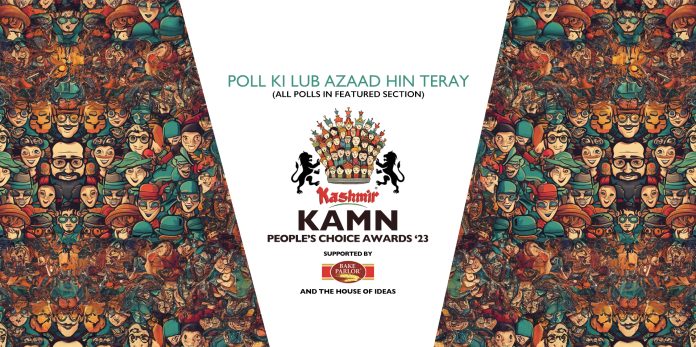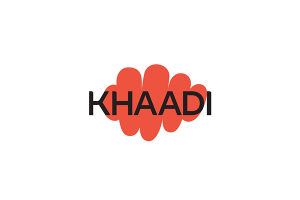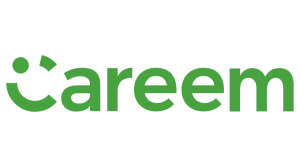Merit in Pakistan has assumed a role akin to the Terms and Conditions agreement one casually acknowledges while downloading an app—an element of seemingly trivial significance. However, this perceived insignificance of merit has emerged as a pivotal factor contributing to the decline of Pakistan. Admittedly, this is a harsh assertion, and I am prepared for blowback, but it reflects my honest observation.
One of the objections that overseas Pakistanis get when they criticize the current state of affairs is that they are outsiders, no longer living in Pakistan, and hence have no idea about the ground realities. The truth is that it is the precise reason their opinion matters because they have a better vantage point. The age-old analogy of “Kunway ka Maindak” (The toad in the well) perfectly fits here. When residents become used to the sewerage system, they can no longer smell the stench of nepotism and thus don’t care. In contrast, expatriates gaze into the well from above, raising their voices to warn those within. Their lack of direct stakes in the system does not equate to a lack of concern. It’s hard for any Pakistani, especially those who are not living there, to witness everything they want to be proud of crumble in front of their eyes.
One global leader who often spoke about and implemented policies based on meritocracy is Lee Kuan Yew, the founding father of Singapore. Singapore’s success in economic development, education, and urban planning is often attributed to Lee Kuan Yew’s leadership and commitment to meritocratic principles.
Cut to Pakistan; there’s no single institution I can think of that can pride itself on meritocracy. The issues extend across various domains, from politics to cricket, from the film industry to the marketing world, and even to the aspects we may hesitate to openly discuss (you know what I mean 🙂
My dedication to the marketing industry has been unwavering over the years. With two decades of experience in Pakistan, working with top advertising agencies, and an additional ten years spent teaching marketing at well-regarded institutions, my commitment runs deep. I’ve consistently expressed my views on the state of the industry, but my engagement goes beyond mere criticism. Fortunately, my efforts have been geared towards more than just pointing out problems; I’ve actively directed my focus toward seeking and implementing solutions.
Fourteen years ago, I established a debate/discussion forum on Facebook named KAMN to elevate standards within the prevailing status quo, particularly within the marketing field. While the primary focus was always on the marketing industry, an additional objective was to enhance the quality of discourse. By discouraging personal attacks, passive-aggressive comments, and hateful language, the forum gradually steered participants towards a more civil and constructive exchange of ideas.
Awards in the marketing industry are not different from anything else that’s happening. I remember the first advertising award show I participated in; one CEO won 19 out of the 22 awards. He was also the organizer of the award show, one of the hosts, and at times called his own name and took the award. At his agency, he was the art director, copywriter, and strategist so he was literally coming to receive every award. The entertainment value was truly off the charts.
The second experience was at an agency where no employee could give their names for credit. Only the names of the owners were given. Organized by the media’s leading association, these awards weren’t left to the whims of chance; they were meticulously pre-decided. And, to add a touch of democratic flair, the agency even had the privilege of selecting which awards they fancied winning.
The third I see happening every year is where the judge, the jury, and the executioner are all the same. The only democratic thing they do is ensure representation from all stakeholders in the jury. So everybody wins, but not in a good way. This format has evolved over time as it was very transparent and credible when it started; now, it has become a joke. I remember a few years ago, the marketing director from a leading bank and sponsor was unhappy with the results and threatened never to participate again. Since then, they’ve been consistently winning awards.
The fourth is another award show from the marketing world that covers the digital realm. An awards show so impressive that it manages to overshadow its own accolades with a captivating backstory. No one cares that the one behind the awards has conned many people from the ad industry. Her brilliance lies in being the middle person for clients and agencies. Her modus operandi was to secure film projects from clients, delegate the work to agencies, pocket the clients’ money, and conveniently forget to compensate the hardworking agencies. And no, this isn’t mere gossip; it’s a firsthand account. My agency, too, had the distinct honor of enduring this exquisite experience, complete with the thrill of bounced checks. In a surprising twist, we later discovered that our comrades in the industry shared similar tales of woe.
Every few months, we see peers from the advertising and marketing industry showcasing the award circus, either by winning or by judging. Unfortunately, self-reflection on how this spectacle influences or has influenced the quality of our work remains conspicuously absent. It appears that the sole benchmark these awards elevate is the standard of mediocrity.
In this context, at KAMN, we decided to have the People’s Choice Awards. The goal was to keep it as transparent as we possibly can. The voting was held through live polls, and the results were visible to all and are still visible there. No brand or work was nominated by us. All by people on the platform. We had a decent sample size, but more than that, we were able to showcase that merit matters. In a group that thrives on criticism, not one person has raised a finger on the results.
Amidst the chaos and theatrics of the marketing awards scene, KAMN stepped forward with an idea – the People’s Choice Awards. The goal was simple: keep it as clear as a mountain spring. Live polls became the battleground, with results visible to all, a testament to our commitment to openness. No favoritism here – brands and works were nominated solely by the people on the platform.
In a community where criticism flows like a river, not a single soul has dared to challenge the sanctity of these results. A triumph for merit, a testament to the power of letting the people have their say. The People’s Choice Awards at KAMN, where transparency and merit reign supreme and the critics sit back in respectful silence.
Here are the results in case you are interested.








